
Understanding Tokenized Renewable Energy Certificates: A Comprehensive Guide
Welcome to our comprehensive guide on Tokenized Renewable Energy Certificates and their implications in the evolving landscape of distributed ledger technology (DLT). Whether you are a tech-savvy enthusiast or a novice exploring the potential impact of DLT in your personal or professional life, this article is designed to provide a clear understanding of the subject matter.
A Brief Historical Overview
Tokenized renewable energy certificates have emerged as an innovative application of distributed ledger technology, where the transparency and immutability of blockchains offer significant advantages. The concept originated from the need to ensure the accountability and traceability of renewable energy generation and consumption.
In the early stages, renewable energy certificates were issued in a traditional paper-based format, making tracking and verification processes cumbersome. However, the advent of DLT revolutionized the way these certificates are managed, increasing efficiency and trust in the system.
Milestones in the evolution of tokenized renewable energy certificates include the development of smart contracts, which automate the issuance, trading, and retirement of certificates, ensuring their authenticity and legitimacy. Moreover, the integration of IoT devices allows for real-time monitoring and validation, making the system even more robust.
Advantages and Disadvantages
Advantages
- Transparency: DLT provides a transparent and auditable record of all transactions related to renewable energy certificates, ensuring the integrity of the system.
- Efficiency: Smart contracts automate processes, reducing administrative burdens, and increasing the speed of transactions.
- Traceability: Tokenization enables easy tracking and verification of renewable energy generation and consumption, fostering a more sustainable and accountable ecosystem.
- Accessibility: The decentralized nature of DLT allows for participation from various stakeholders, including individuals and organizations, promoting inclusivity in renewable energy initiatives.
Disadvantages
- Technical Complexity: Implementing and maintaining DLT systems may require specialized knowledge and expertise.
- Scalability Challenges: As the popularity of tokenized renewable energy certificates grows, scalability becomes a concern, and solutions must be developed to accommodate increased transaction volumes.
- Regulatory Frameworks: The regulatory landscape surrounding DLT and tokenization is still evolving, with legal frameworks needing to catch up.
Practical Applications and Real-World Examples
The applications of tokenized renewable energy certificates extend beyond the energy sector itself. Various industries, including finance, supply chain, and carbon offsetting, can leverage these certificates to enhance their sustainability practices.
For instance, financial institutions can invest in tokenized renewable energy certificates as part of their ESG (Environmental, Social, and Governance) investment strategies. By supporting renewable energy projects, they contribute to the overall reduction of carbon emissions and promote a greener future.
In the supply chain sector, tokenized certificates can be used to track and verify the origin of renewable energy sources used in the production and transportation of goods. This ensures transparency and helps companies meet sustainability goals.
Numerous real-world examples showcase the successful implementation of tokenized renewable energy certificates. Companies like Power Ledger and WePower have developed platforms that allow individuals to buy and sell renewable energy tokens, democratizing access to clean energy and encouraging the growth of renewable infrastructure.
The Future of Tokenized Renewable Energy Certificates
The future of tokenized renewable energy certificates holds great promise. As more countries and industries prioritize sustainability, the demand for renewable energy will continue to grow. DLT can play a pivotal role in facilitating the transition to a greener economy.
With advancements in technology and the establishment of robust regulatory frameworks, tokenized renewable energy certificates are expected to become mainstream. This will enable individuals and organizations to actively participate in the renewable energy market, creating a decentralized and sustainable energy ecosystem.
Frequently Asked Questions
- Q: What are tokenized renewable energy certificates?
- A: Tokenized renewable energy certificates are digital representations of renewable energy generation and consumption, recorded on a distributed ledger. These tokens provide transparency, traceability, and accountability in renewable energy markets.
- Q: How do tokenized renewable energy certificates work?
- A: Tokenized renewable energy certificates are created through the use of smart contracts on a blockchain network. The certificates are issued to renewable energy generators, who can then trade or retire them. The blockchain ensures the immutability and transparency of the certificates.
- Q: What are the benefits of tokenized renewable energy certificates?
- A: Tokenized renewable energy certificates offer benefits such as transparency, efficiency, traceability, and accessibility. They enable individuals and organizations to participate in renewable energy markets and contribute to a sustainable future.
- Q: How can tokenized renewable energy certificates be used in industries other than energy?
- A: Tokenized renewable energy certificates have applications in various sectors, including finance, supply chain, and carbon offsetting. They can be used to support ESG investment strategies, track the origin of renewable energy in the supply chain, and promote sustainable practices.
- Q: What does the future hold for tokenized renewable energy certificates?
- A: The future looks promising for tokenized renewable energy certificates. As the demand for renewable energy increases, DLT will play a crucial role in fostering a decentralized and sustainable energy ecosystem, empowering individuals and organizations to actively participate in the renewable energy market.
More in this category ...
Ripple companions with SBI Group and HashKey DX for XRPL answers in Japan

April sees $25M in exploits and scams, marking historic low ― Certik

MSTR, COIN, RIOT and different crypto shares down as Bitcoin dips
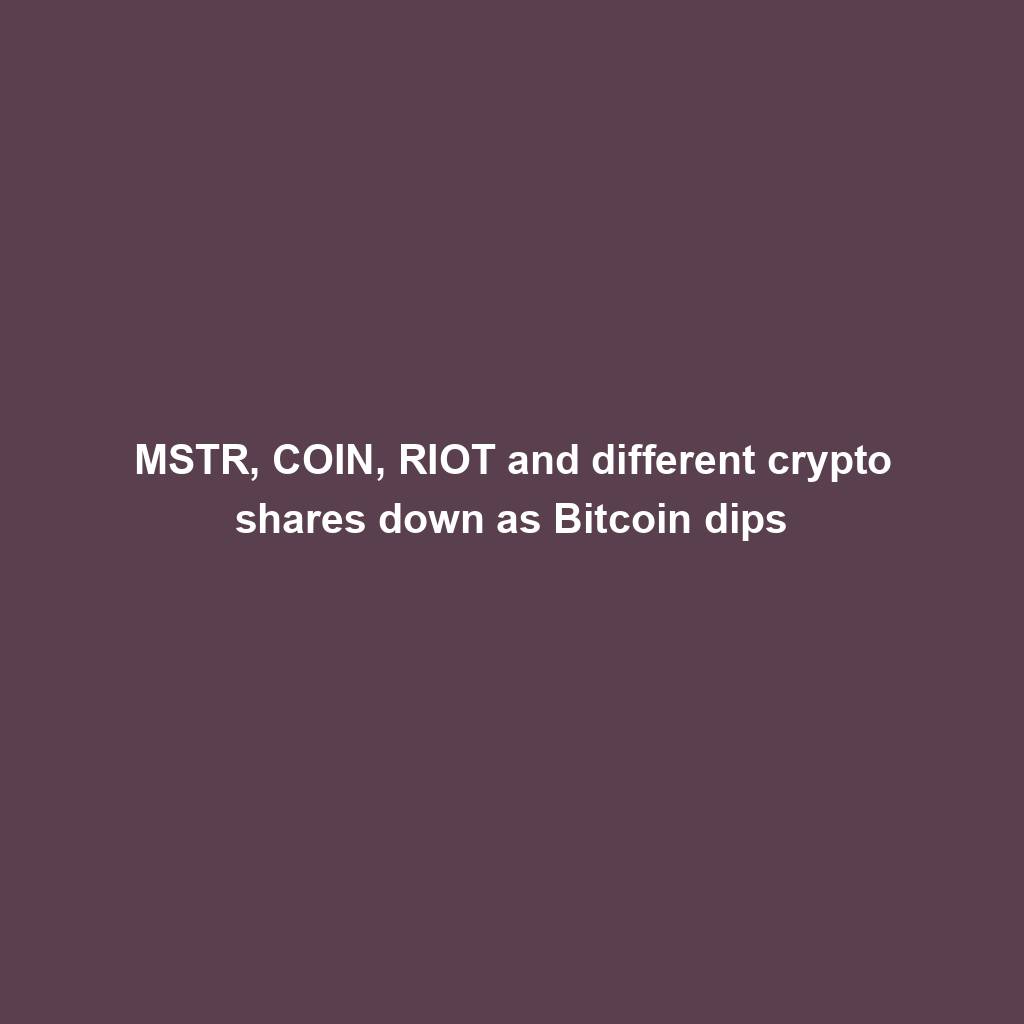
EigenLayer publicizes token release and airdrop for the group
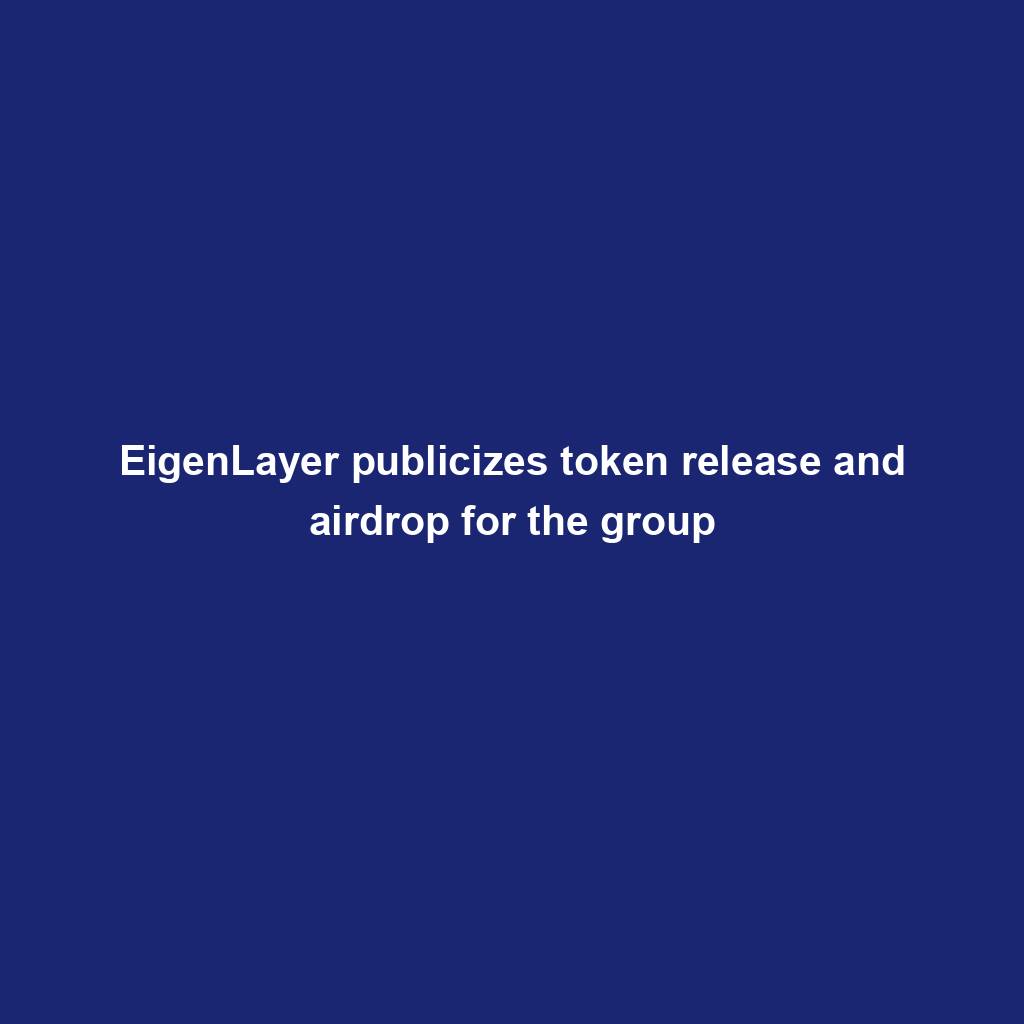
VeloxCon 2024: Innovation in knowledge control

Successful Beta Service release of SOMESING, ‘My Hand-Carry Studio Karaoke App’

Dogwifhat (WIF) large pump on Bybit after record reasons marketplace frenzy
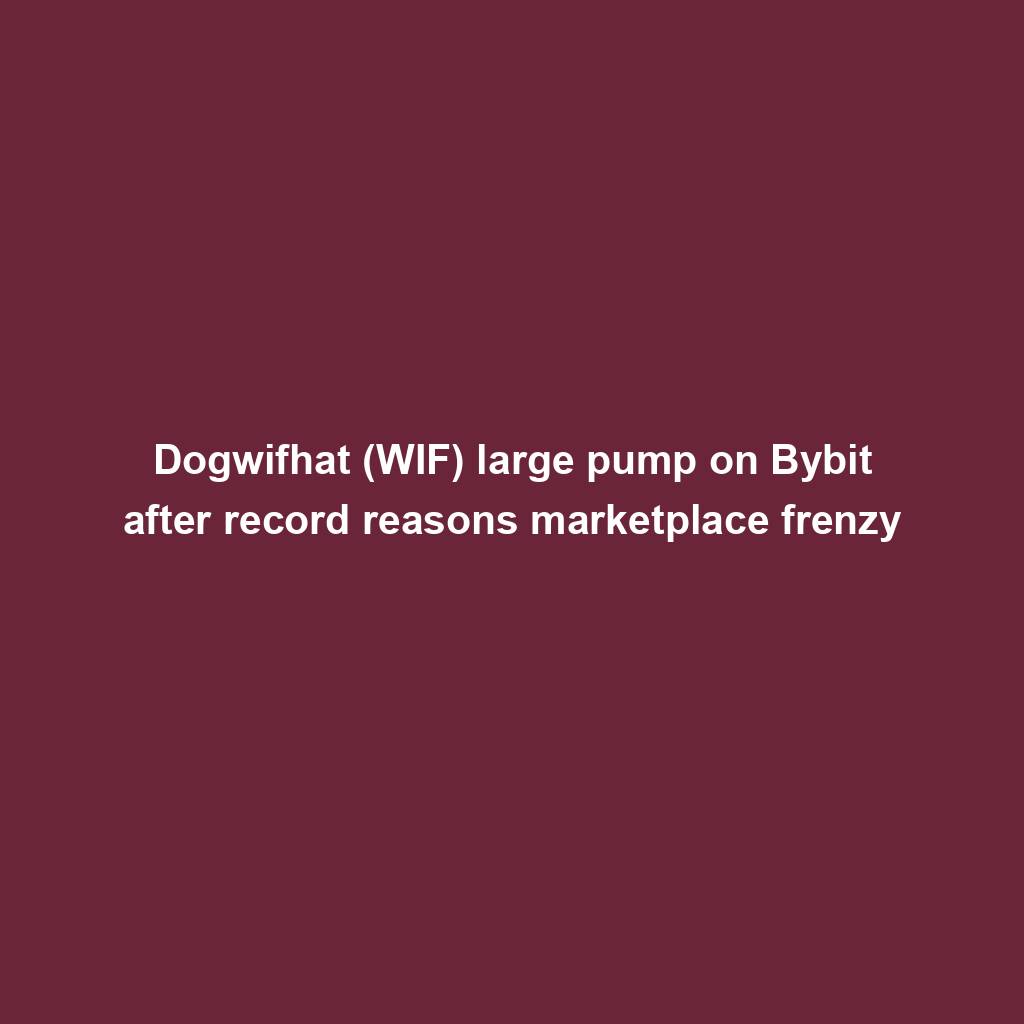
How fintech innovation is riding virtual transformation for communities around the globe
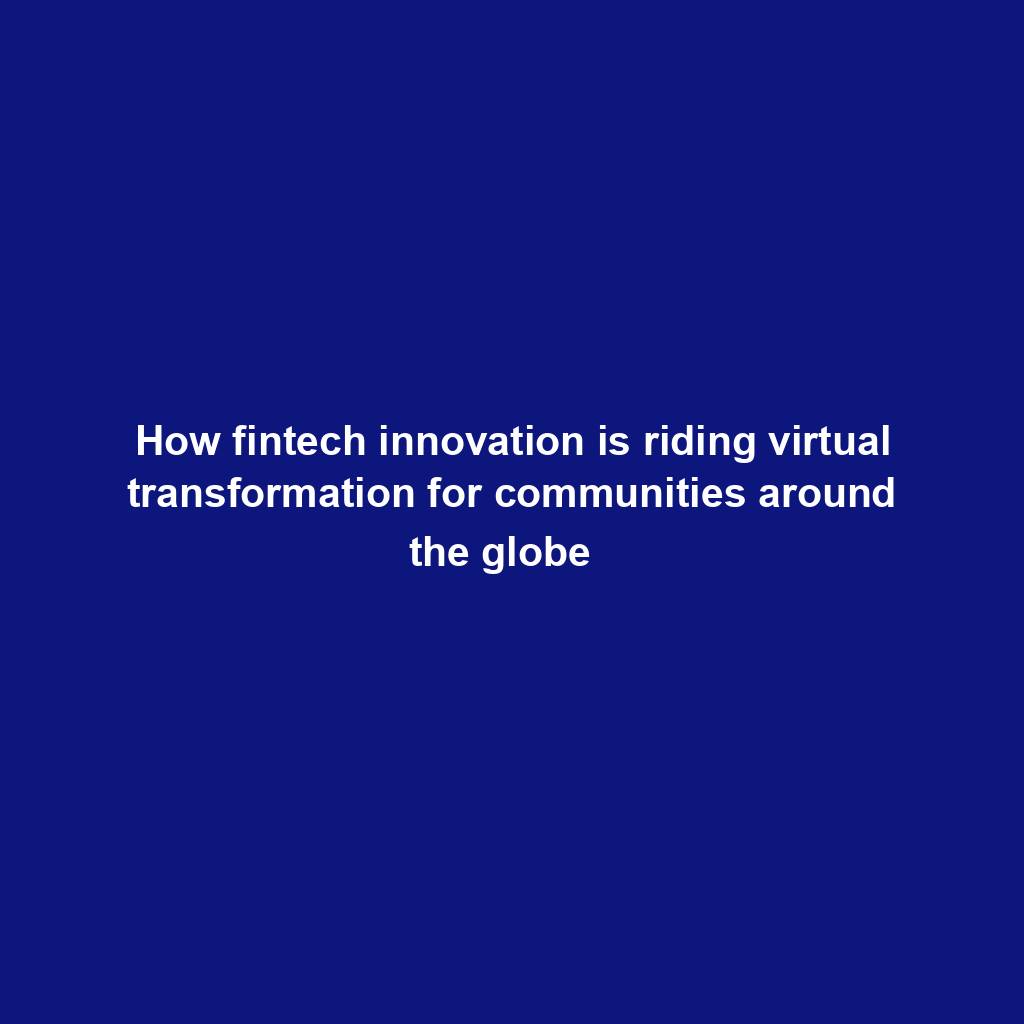
Wasabi Wallet developer bars U.S. customers amidst regulatory considerations
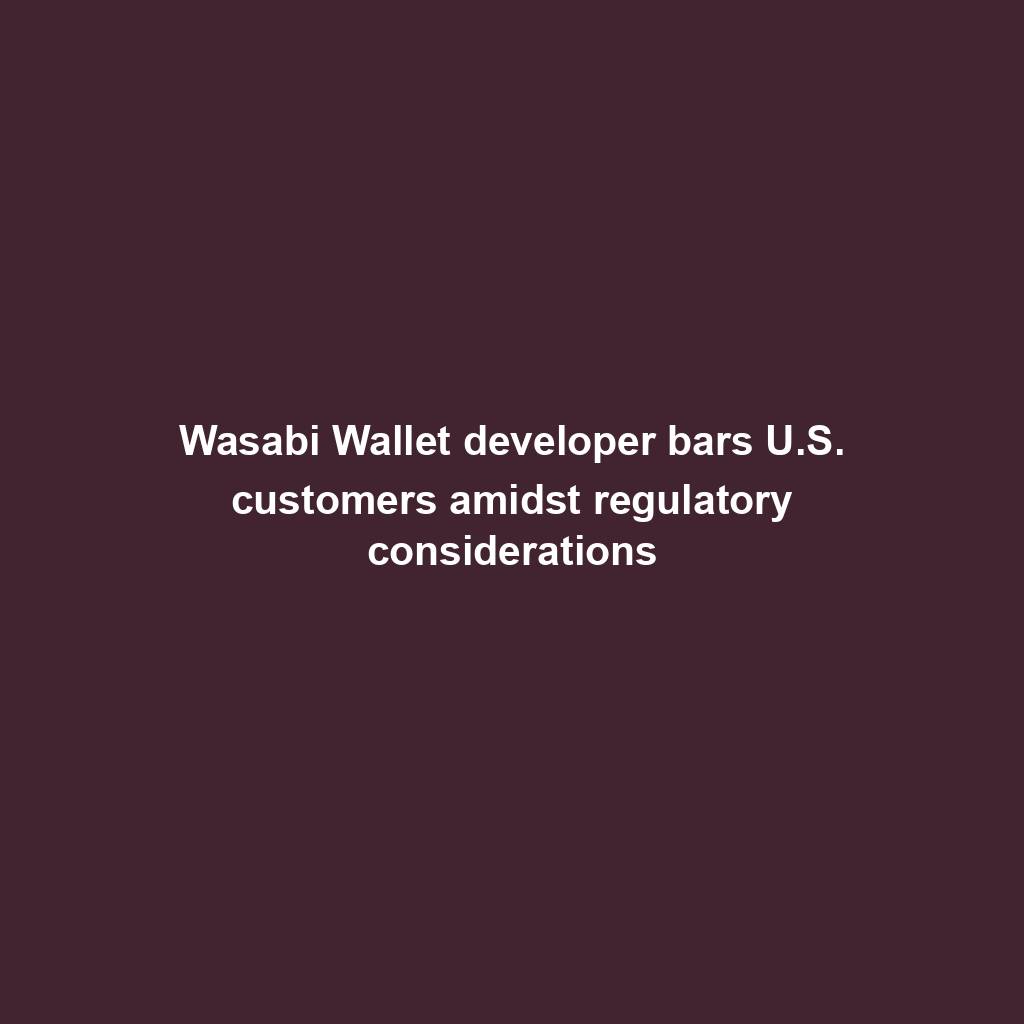
Analyst Foresees Peak In Late 2025
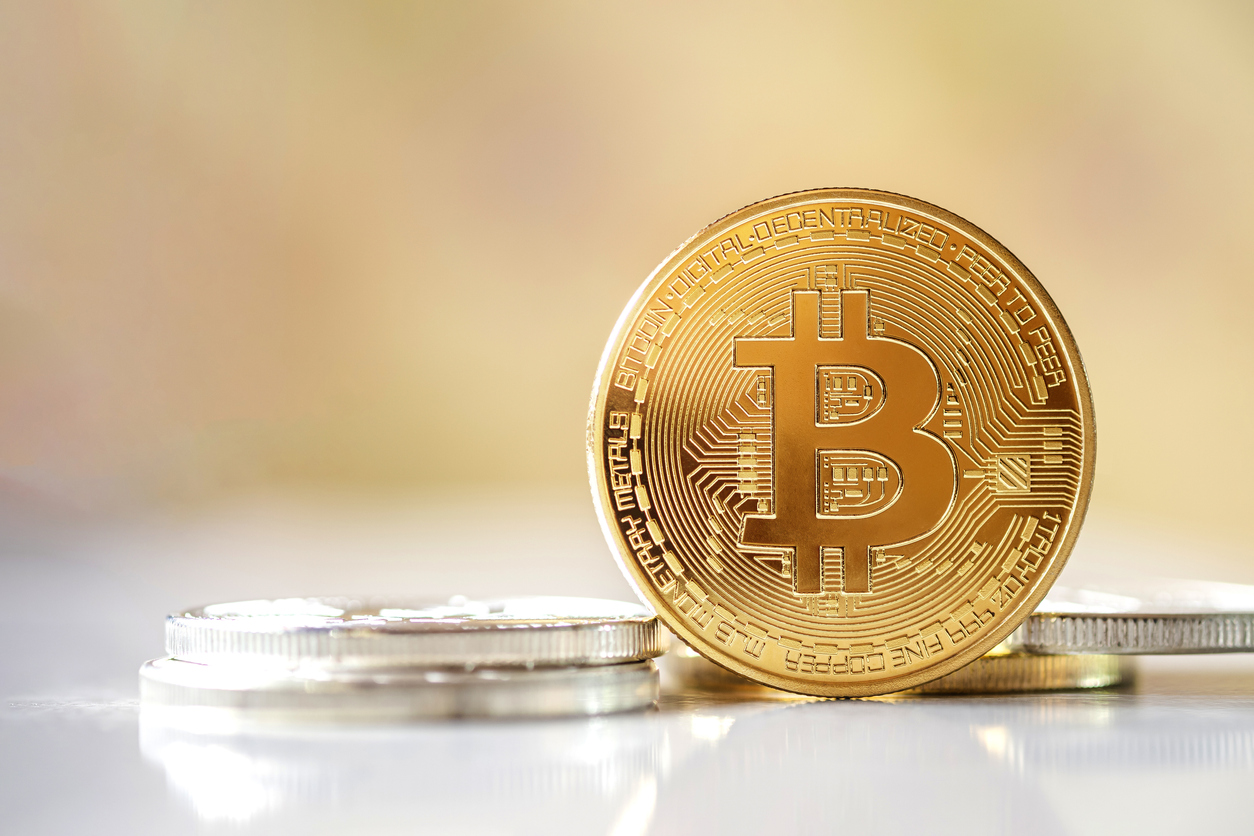
Solo Bitcoin miner wins the three.125 BTC lottery, fixing legitimate block
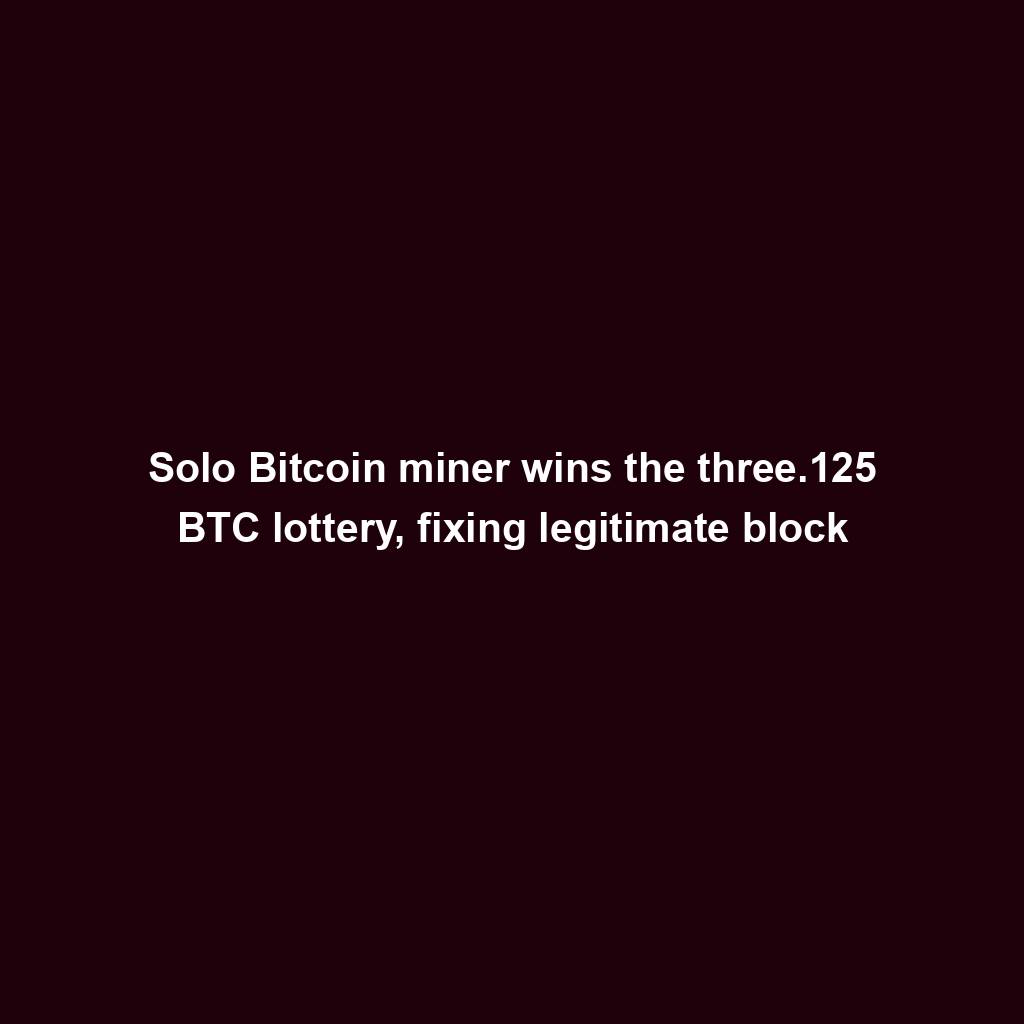
Ace Exchange Suspects Should Get 20-Year Prison Sentences: Prosecutors

Google Cloud's Web3 portal release sparks debate in crypto trade
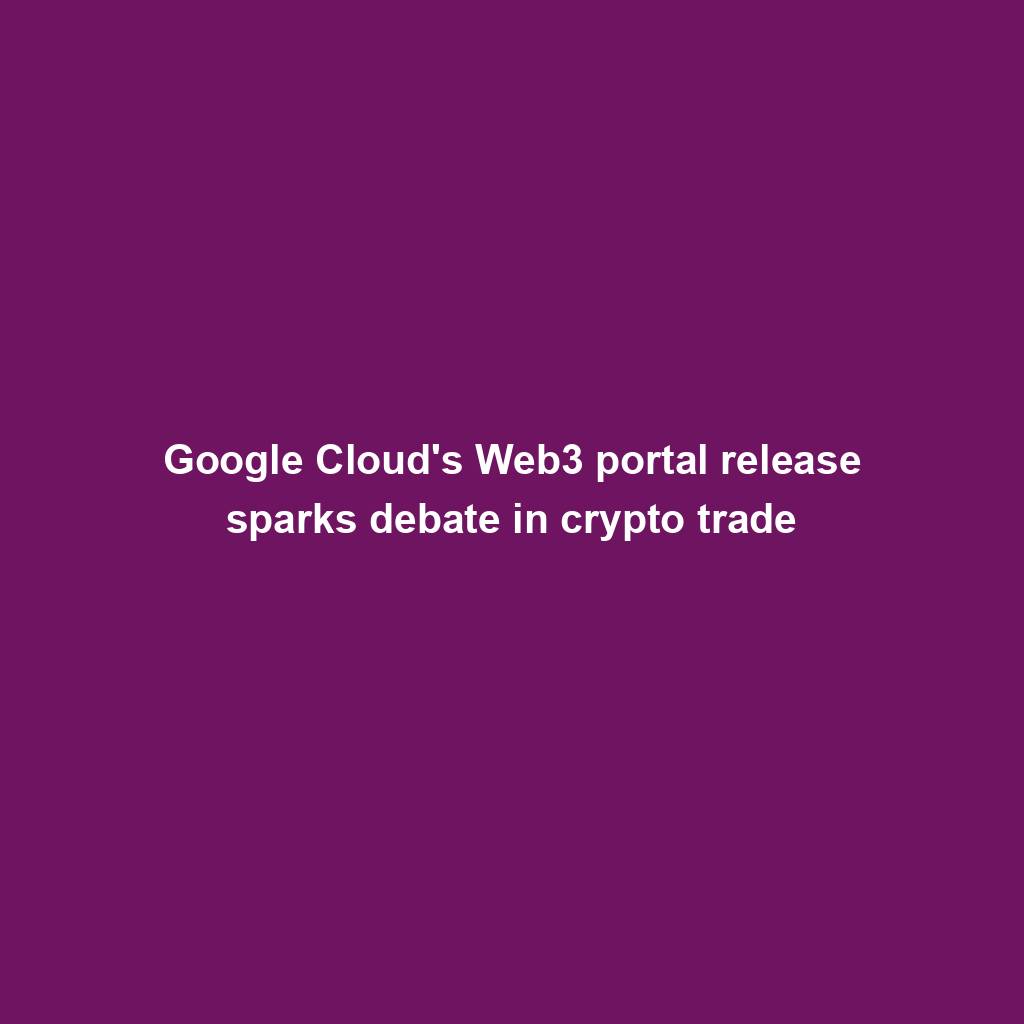
Bitcoin Primed For $77,000 Surge

Bitbot’s twelfth presale level nears its finish after elevating $2.87 million
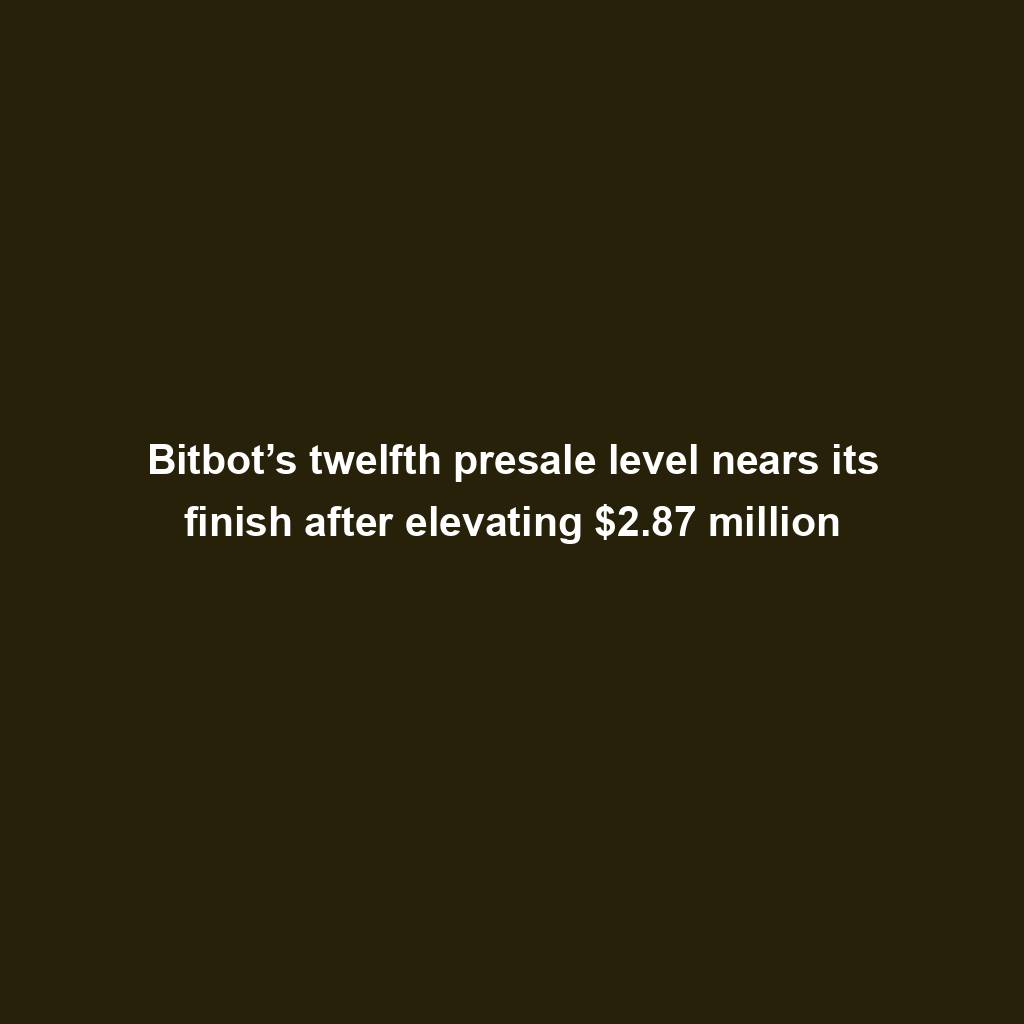
PANDA and MEW bullish momentum cool off: traders shift to new altcoin

Commerce technique: Ecommerce is useless, lengthy are living ecommerce

Republic First Bank closed by way of US regulators — crypto neighborhood reacts
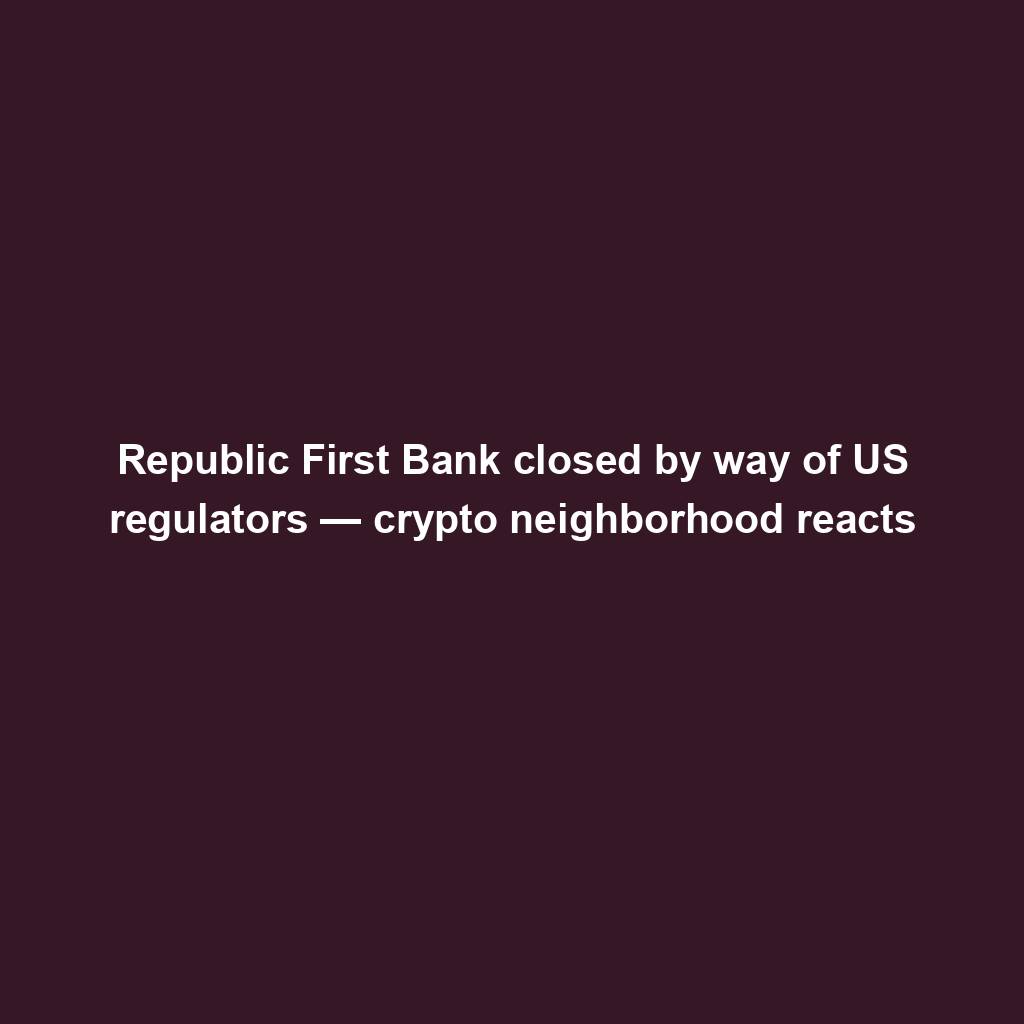
China’s former CBDC leader is beneath executive investigation

Bigger isn’t all the time higher: How hybrid Computational Intelligence development permits smaller language fashions
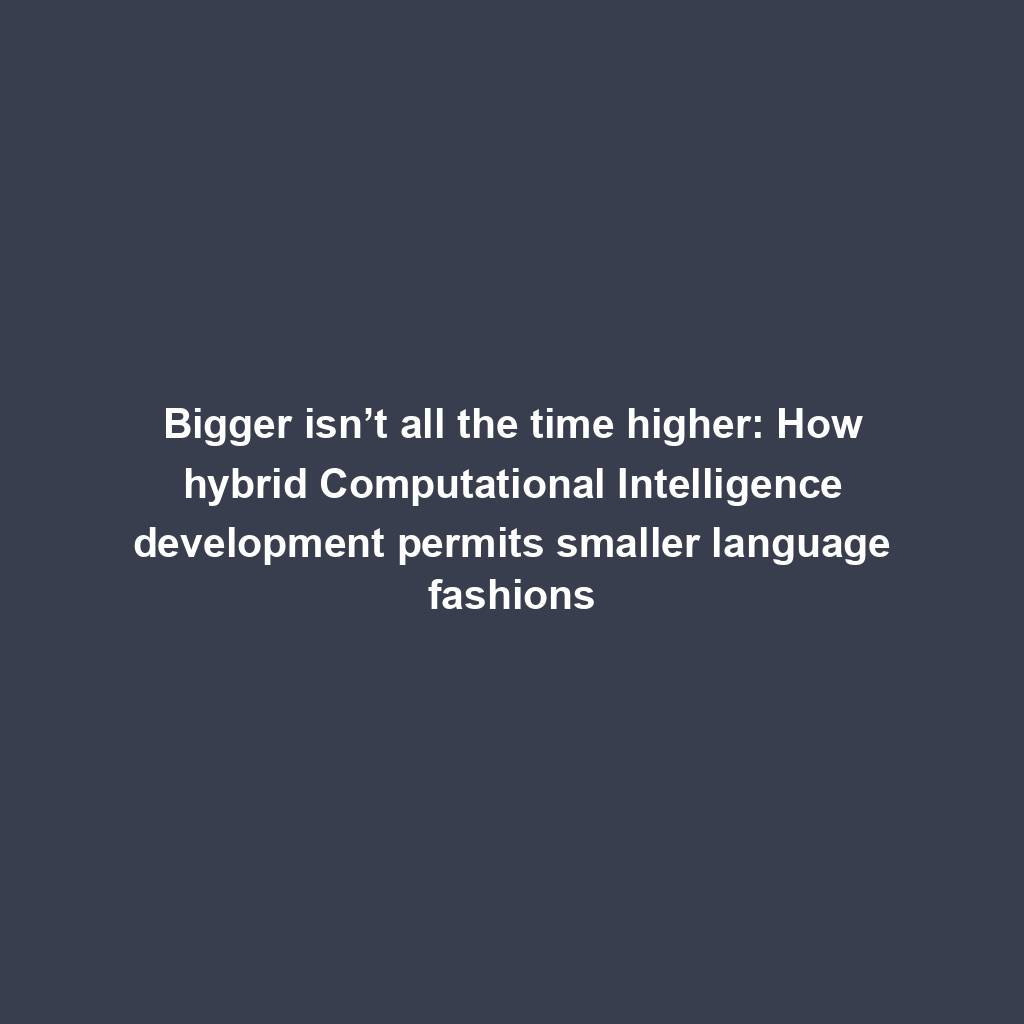
Pantera Capital buys extra Solana (SOL) from FTX
Successful Beta Service release of SOMESING, ‘My Hand-Carry Studio Karaoke App’

SEC sues Bitcoin miner Geosyn Mining for fraud; Bitbot presale nears $3M

Business procedure reengineering (BPR) examples

85% Of Altcoins In “Opportunity Zone,” Santiment Reveals
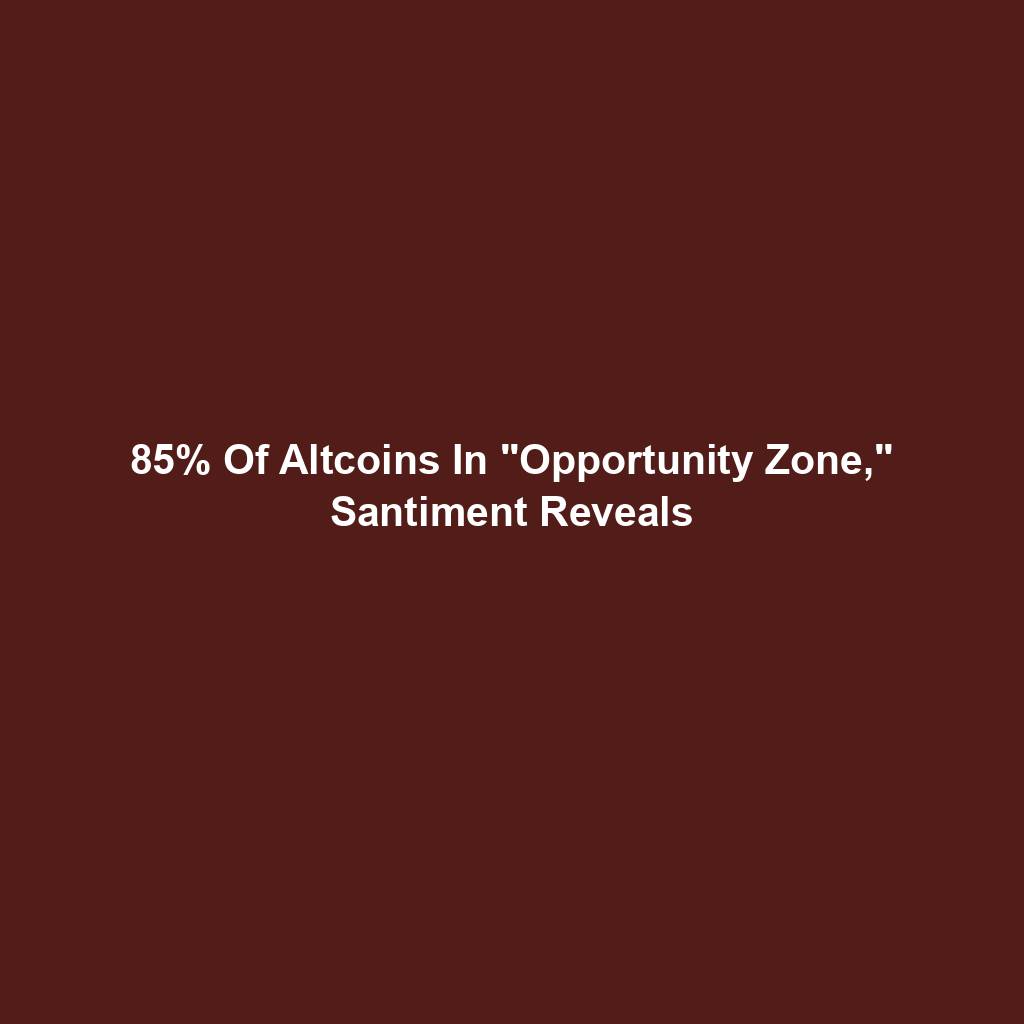
Sam Altman’s Worldcoin eyeing PayPal and OpenAI partnerships
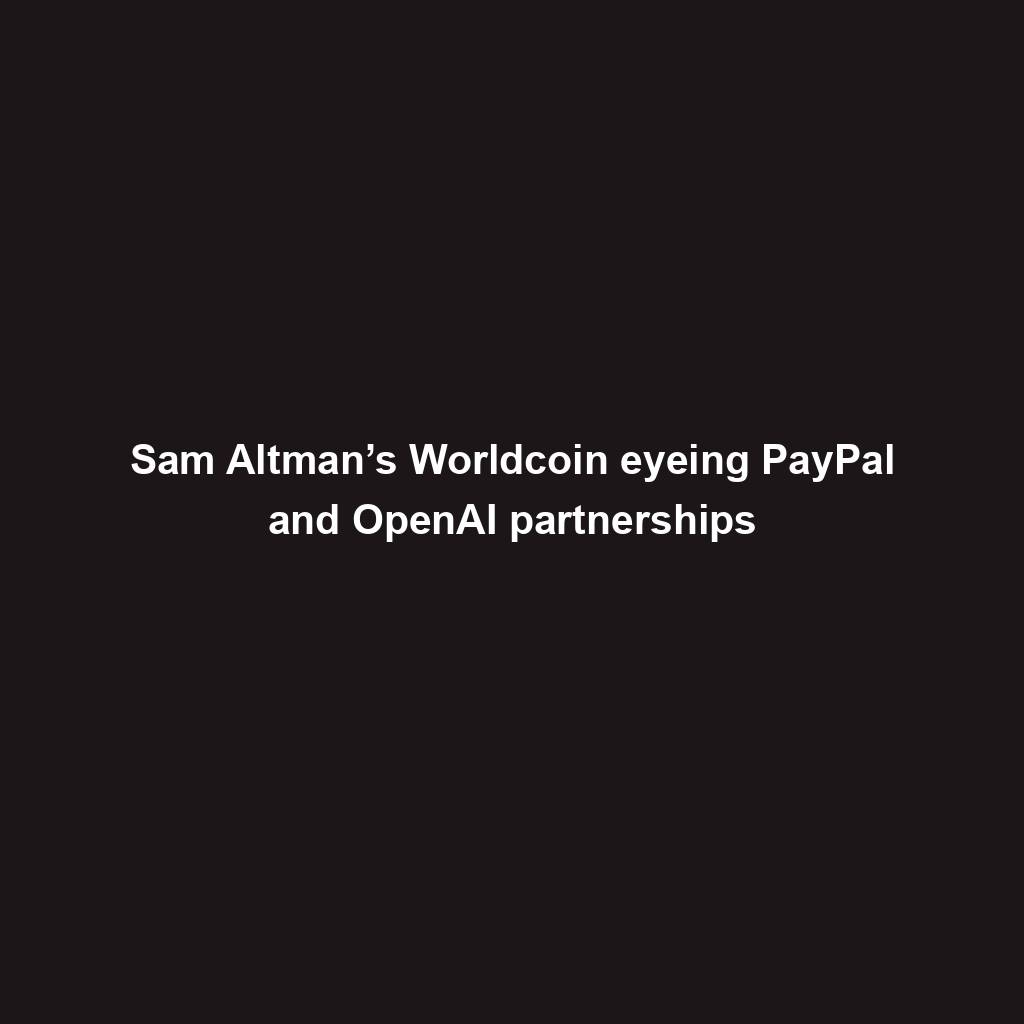
Artificial Intelligence transforms the IT strengthen enjoy
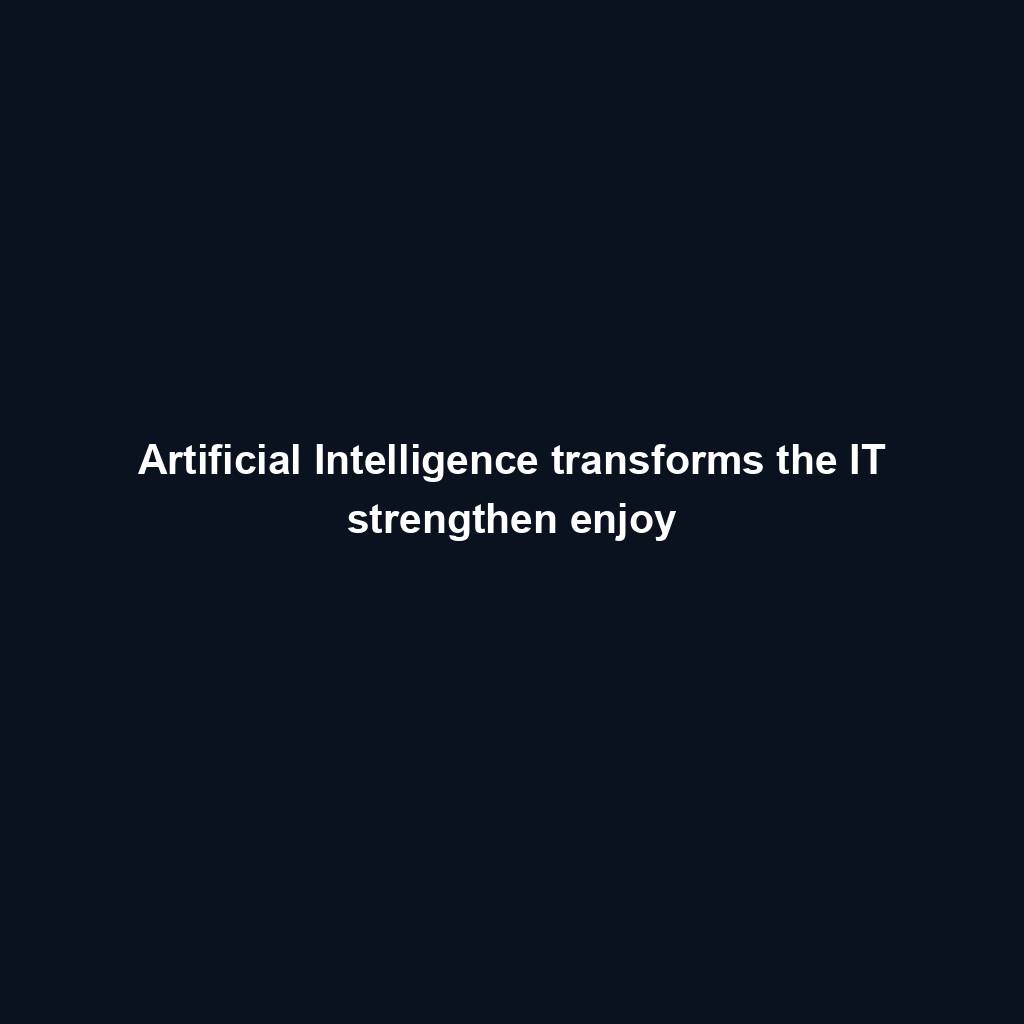
Franklin Templeton tokenizes $380M fund on Polygon and Stellar for P2P transfers

Meta’s letting Xbox, Lenovo, and Asus construct new Quest metaverse {hardware}
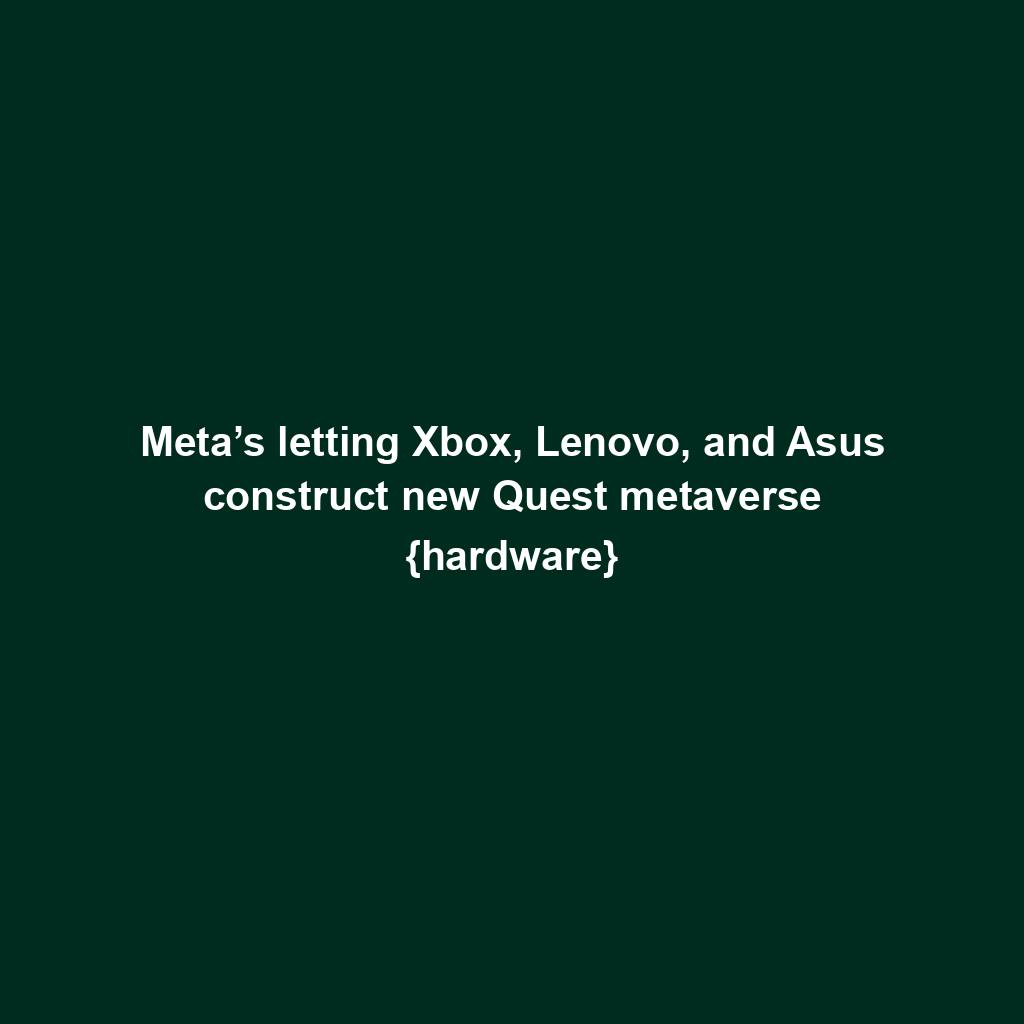
Shiba Inu (SHIB) unveils bold Shibarium plans as Kangamoon steals the display
